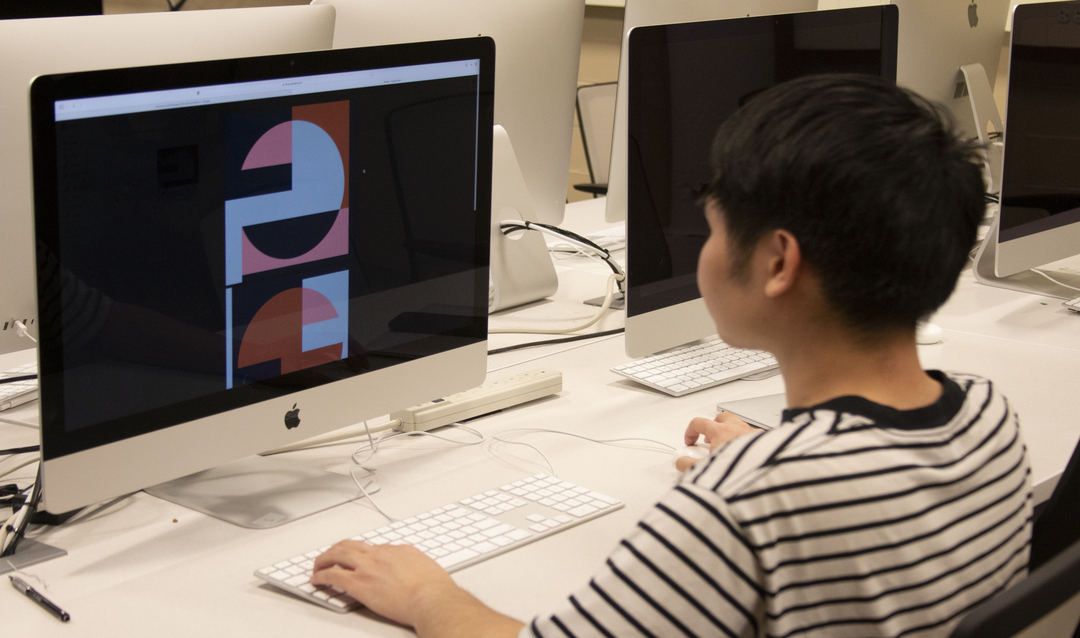I returned to my childhood home in Hanoi, Vietnam, during the first wave of the pandemic and spent a 14-day quarantine in a military base, where I started keeping a visual journal. My bunkmate and his overgrown mane, which he tied up with a mask folded in half lengthwise, the straps knotted tightly at the back. How soundless the nights were. The way our supervisor disinfected the hallway, soaking the floor wet, and thus blotted with brown shoe prints and the smell of chlorine. I drew it all. In a year of crippling loss, I wanted to document my experiences and channel them the best way I know how.
A picture is worth a thousand words. Visual information serves to convey our ideas in a way that is not only effective but also distinctive. When the time came to pick my major in college, my first instinct was to pick design. It’s a common misconception that artistic talent doesn’t amount to practical careers. Too often we assume that only an exceptional few are able to find a way to make a living with their creative passion. Now, four years into my college career, I firmly believe that a major in design provides you with a set of professional and artistic skills that you can apply to any industry or position. Design has helped me become a better artist and communicator. Also, design is a field rising in demand and popularity.
So let’s say you’re interested. Here are a few of the many benefits you can gain from pursuing a degree in design.
Ability to learn from the past:
From the Renaissance to modern art of the 20th century, a design major gains a wealth of knowledge of art history. By honing skills in description, analysis and research of historical sources, you become aware of not only aesthetics but also values unique to different societies. An understanding of other cultures prepares you for the global workplace and helps build your respect and empathy for your co-workers.
Ability to solve problems:
A designer has the mentality of a problem solver. The design process starts with understanding the brief, finding issues, and studying competitors to generate diverse solutions. Quite often designers are seen as people who make things pretty. But we are also tasked with helping clients make their message resonate with a diverse audience and come up with designs that are not only striking but also cost-effective in production. These skills lend themselves well to careers in marketing and product development.
Ability to think logically and creatively:
As a design major, you will learn about finding the balance between expressing your creativity and creating the right solution for your target audience. Study of design will help you understand the rules of typography, composition and color theory. Designers use the logics of design to draw the eye in a certain direction and evoke the right responses and emotions. Good designers also employ numbers and geometry to better utilize line, shape, and space in their creative solutions. The ability to utilize both sides of the brain puts you in a better position to innovate your work.
Ability to communicate efficiently:
Producing strong case studies is an important skill for any designer. In every design class I have taken at Lehigh, there has been strong emphasis on combining description text and images to demonstrate details of the design process to potential clients. You will learn how to talk about yourself through your work, which builds your confidence. If you can communicate effectively, you will stand out on every job interview.
Ability to diversify your skill set:
With a degree in design, you acquire a combination of analog and digital skills that make you the ideal candidate for today’s job market. You can apply the skills you’ve developed in two- and three-dimensional design to photography, product design, UX/UI [User experience/User interface] design, web publishing and an array of other digital mediums. Careers in design are so diverse and versatile that you can take it anywhere with your ability to think creatively and critically.


